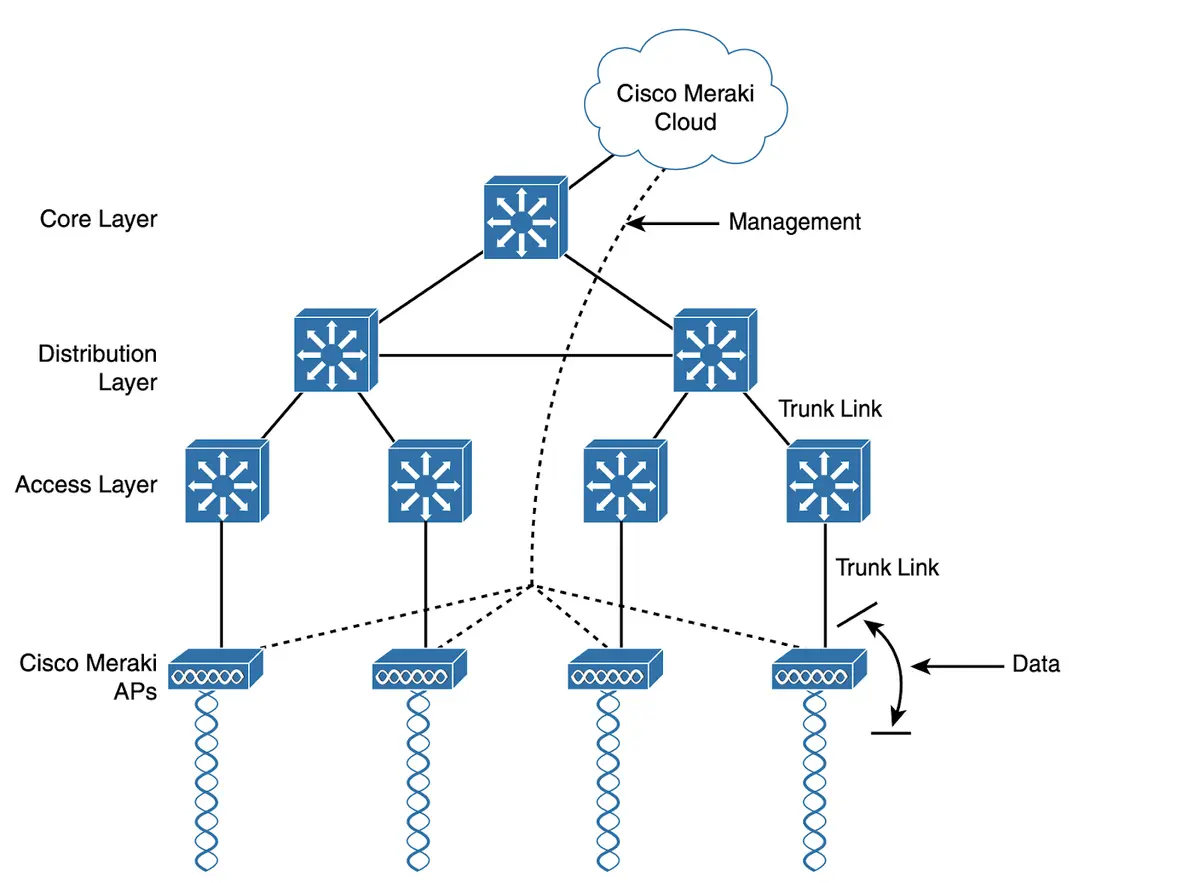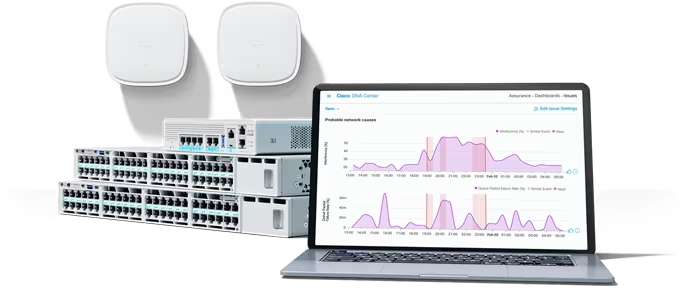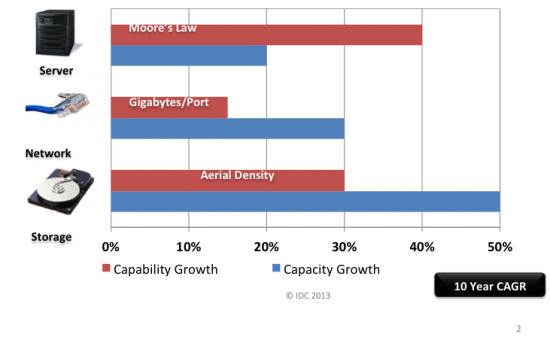































VMware launched NSX, its Network Virtualization platform at VMworld last week. In his keynote, VMware CEO Pat Gelsinger portrayed Network Virtualization as a very natural extension to what VMware accomplished in Server Virtualization. However market fundamentals and early drivers for Server Virtualization are not quite the same as Network Virtualization. Hence any comparison and contrast between the two should be understood and weighed on in their respective contexts.
The drive for Server Virtualization fundamentally was an attempt to address the growing gulf between faster rate of technology advancement in server space relative to customer ability to utilize the excess capacity. It was a trend that was driven by the focus towards gaining efficiency in an era where cost was becoming important. Over nearly a decade now Server Virtualization has accomplished this goal of betterutilization of assets: And server utilization levels have increased by a factor of 4 over the years.

Networks in the data centers today however do not suffer from this excess capacity problem. If any, the problem is the reverse -user demand for networks capacity continues to outpace what is currently available. As long as there remains a growing gulf between user expectations for capacity relative to technology advancement there will remain opportunity for vendors to innovate in this space. In other words unlike the server world, network virtualization does not shift the value away from the underlying infrastructure.
Server Virtualization is transforming IT by providing greaterbusiness agility. Goal of Network Virtualization should be to bring similar business agility for the network. However, this goal need not require complete decoupling of the virtual network from underlying physical network as some vendors may lead you to believe. Any goal of gaining agility by completely decoupling physical and virtual network can only be done with some confidence, by significant under-provisioning of the physical network. For if the bandwidth is plenty the overlays have less dependency on understanding or integrating with the underlying infrastructure. This shortsighted approach, which focuses on business agility, but ignores business assurance, will increase the network capital expenditure and operating expense spend over time. Note that even in the server world where compute efficiency was attained, the benefit did not come at any capex or opex savings. Capex savings attained on server hardware was offset by increased cost of virtualization software. And we have seen opex continues to increase over the last decade.
As IT increasingly begins to take on a service centric view, more intelligence will be needed at the edge -physical or virtual edge. Cisco's launch of Dynamic Fabric Automation (DFA) last July, address this view of an optimized fabric infrastructure with a more intelligent network edge that can enable any network anywhere, supporting transparent mobility for physical servers and virtual machines. Application Centric Infrastructure (ACI) takes this a step further by enabling application-driven policy automation, management and visibility of physical and virtual networks. They however also integrate the physical and the virtual network for an agile service delivery that also assures full lifecycle user experience.
You may want also to read on this topic
Dynamic Fabric Automation : http://www.cisco.com/en/US/solutions/ns340/ns517/ns224/ns945/dynamic_fabric_automation.html
Shashi Kiran's blog : The Next Paradigm Shift: Application-Centric Infrastructure (ACI) gets ready to rumble
Padmasree Warrior's blog : Limitations of a Software-Only Approach to Data Center Networking
 Hot Tags :
#Cloud
Cisco ACI
Virtualization
network virtualization
server virtualization
DFA
Hot Tags :
#Cloud
Cisco ACI
Virtualization
network virtualization
server virtualization
DFA